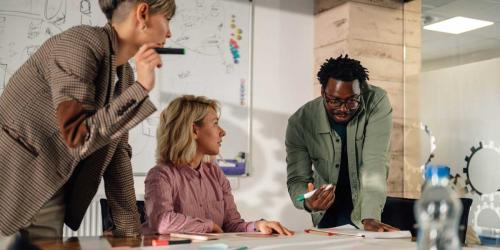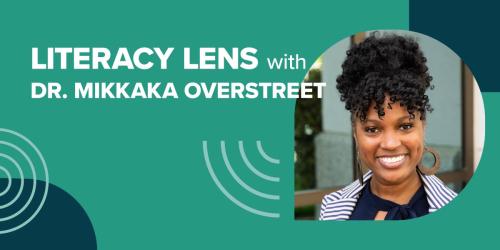Advice for Superintendents: The ABC’s of Leading a District

In my past work as a NASA Fellow, I worked with—and irritated—a few rocket scientists. During conversations with NASA employees wearing “Yes, I am a Rocket Scientist” tee-shirts, we spoke freely about the complexities of our professions. It’s universally understood that rocket science is very complex. However, rocket scientists work with algorithms and formulas that are predictable.
In education, our work centers on individual minds. Each brain consists of unique input processes, cognitive processing methods, and outputs. Then mix in emotions, families, communities, politics, economics, and other factors. As educators, there’s nothing that’s predictable other than the likelihood of change occurring on a day-to-day basis. Therefore, I contend that the complexities of the profession of education surpass the complexities of rocket science.
With so much unpredictability in our field, we need to know where to focus. To have success in leading your district, I suggest keeping your focus on three words, which I consider the ABC’s of education. These words, Attention, Building, and Collaboration, cannot be excluded from the many conversations about ensuring public education’s status as the healthy, thriving institution it needs to be for our students, schools, districts, state, and nation.
A is for Attention
Focus on your students’ needs, and the way to do this is by paying attention to your staff, schools, and districts. It’s easy to overextend yourself communicating with vendors, committees, and boards who demand your time. It’s just as easy to get distracted in today’s fast-paced, highly networked, media-sensationalized society. For me, it’s essential to remain abreast of, and involved in, an appropriate level with activities happening outside my district, while also ensuring that my top priority is the people for whom I work rather than padding my résumé.
Collaborate with staff, parents, school board, and other stakeholders to determine the right things for your students. We often say that when we do what’s right for kids, positive results will follow.
Pay attention to educational conversations that relate most directly to students. Keep students in mind when making decisions. Giving attention to politics and economic issues can have a huge impact on your time, energy, and focus. Do not allow education discussions to be hijacked by other agendas.
When others try to pry you away from your commitment to do what’s best for kids (and this will happen), avoid becoming a pendulum-swinging district with a lot of shiny new things that are not connected and aligned—and not supportive of your system-wide focus on what’s best for kids.
B is for Building
We have moved away from past strategic planning efforts and currently use the term strategic building in its place. Strategic building is far more nimble and better describes our practice as it combines community input, continuous improvement, and strategic planning processes into one living strategic building process.
When building our education system, we based it on student needs, common sense, and community input. We asked families and communities to help build the system so that we would better understand each student. This involvement generated student, staff, and community ownership of our system.
We asked ourselves if Individualized Education Programs (IEPs) and accommodations were good for some students, would Individual Learning Plans (ILPs) be helpful for all students? We said yes, and now all students have an ILP that empowers them and encourages goal setting, task analysis, persistence, and ultimately, ownership for their own learning and success.
We asked ourselves if it’s appropriate to expect all students to learn the same way or at the same pace. We said it’s not, and we developed student performance levels to take the place of grade levels, with the understanding that students would learn all that was expected at each level before they moved to the next one.
We asked ourselves how students learn best and how to measure that learning. Benjamin Franklin said, “Tell me and I forget, teach me and I may remember, involve me and I learn.” We want students to experience a blended and balanced array of instructional practices leading to the real-life application of knowledge and skills in all subject areas. We encourage students to learn how to think, rather than what to think. We teach by integrating multiple subject areas and process standards so students learn how to learn. Ultimately, we strive to provide conditions that will empower students to take ownership of their own learning and success.
C is for Collaboration
Some might say I am sending mixed messages when I ask you to pay attention to your district and to collaborate. However, paying attention to students’ needs requires collaboration. Strategic collaboration among schools and districts will lead to an increased menu of learning opportunities for students in your district. Collaboration often means having to do more with less. It’s already being done across Alaska, and in those places, the good things that follow when collaboration happens should be celebrated.
Blur the lines between teachers, classrooms, school, districts, businesses, and governmental organizations. None of us can do it all. In today’s economy, it is impossible and unreasonable to build redundant programs. Share students, share programs, and share the learning. We must involve and accept the help of all students, families, and organizations that share the responsibility of creating the best public education.
Bob Crumley, of the Chugach School District, was the Alaska 2016 Superintendent of the Year.



